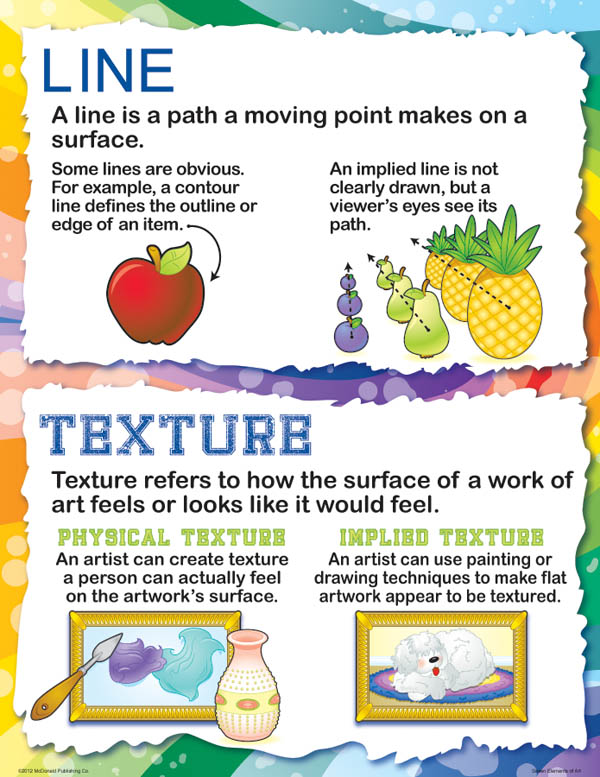

For example, a piano sounds like a piano because of its timbre. Timbre Timbre: (pronounced timbar) is the sound quality of the instruments. Exceptions are piano, guitar, banjo, harp, (or any stringed instrument) įORM Form: is how the music is setup For example: Twinkle, Twinkle little star How I wonder what you are……(A) Up above the world so high Like a diamond in the sky……….(B) Twinkle, Twinkle little star How I wonder what you………….(A) BUT it is not about the same words (as in poetry) its about the tune. Video unavailable Watch on YouTube The two examples we tested ourselves on were these (see below).

Polyphonic - at least 2 melodies at the same time. Homophonic - 1 melody and accompaniment 3. It normally takes at least 2 people to sing harmony or 2 instruments to play harmony. Here are the three music textures we learned about: 1. HARMONY Harmony is 2 or more notes played at the same time. loud (mezzo forte) ppff>pp decrescendo (or diminuendo) gradually getting softer Such elements form an integral part of different types of musical instruments, like violin, saxophone, piano, guitar, percussion, flute, etc. Pitch, tone color, dynamics, rhythm, melody and texture combine to create a shape and. Largo : is slow speed Andante: is walking Allegro: is fast ĭYNAMICS Dynamics: is volume within the song Anything with a “p” in music means soft p is soft (piano) pp is very soft (pianissimo) anything with an “f” means loud (forte) ff means very loud (fortissimo) m= medium (mezzo) NEVER used by itself: mp= medium soft (mezzo piano) mf= med. Classical music elements actually refer to the parts, sections and the components of the music that make it complete. Form in music is the organization of musical elements in time. Twinkle, twinkle, little star, How I wonder what you are!

Up above the world so high, Like a diamond in the sky. Everyone knows the tune of Twinkle, Twinkle Little Star Twinkle, twinkle, little star, How I wonder what you are. These Elements are: Melody Tempo Dynamics Harmony Form Timbre Rhythm For example, the heart beats in a regular rhythm. Rhythm (tempo, articulation, and meter): Rhythm is a repetition of a pattern of sound and silence. Its core elements are rhythm, pitch, dynamics, timbre, and texture. The Elements of Music As with all the arts, Music has its own language called the Elements of Music. Elements of Music by JMusic is a combination of sound and silence. Music has the power to influence psychological aspects of behavior both consciously and unconsciously and acquiring a knowledge of music may create a deeper sensitivity in humans for their environment and social culture and it is believed to enrich life. Humans use music in a variety of ways- for everything from personal entertainment to contemplative activities. It is found everywhere in our world - on television and radio in our homes, automobiles, airplanes, and offices. It plays a vital and important role in the lives of human beings. Today, music is important in ways that were unimaginable during earlier times. The organization of music, its shape or structure.Music Music has been an important part of the activities of humankind since the beginning of recorded history. Form - The design of music, incorporating repetition, contrast, unity, and variety.Horizontal structure - polyphonic with chords created by simultaneously sound melodies.Vertical structure - homophonic with chords connected to and supportive of the melody.

Harmony - The vertical blocks of different tones that sound simultaneously a progression of chords.Intervals - The distance between the pitches of the melody may be steps from one note to an adjacent note, or skips where pitches leap from one to another skipping a tone or tones.Position - Maybe use notes of high pitches or transposed to low pitches, but as long as the intervals between notes is consistent, the melody can be placed with the total pitch continuum.Range - wide or narrow spectrum of notes ranging from low to high.Pitch characteristics of melodies include: Melodies include repetition as well as contrast. Melody - A logical succession of musical pitches arranged in a rhythmic pattern.The form of a song is the structure that helps listeners know how long a song will be and what to expect. Dynamics are the different volumes of sounds throughout a song. Many types of stitches and knots are used to construct a whole doily, with perhaps hundreds of different techniques being responsible for the invention and evolution. What Are the Elements of Music ( 13 Elements ) 1. A piece of music is a lot like that doily. Concepts contributing to an understanding of rhythm are Understanding the big picture when it comes to music theory can be difficult. Rhythm - The combinations of long and short, even and uneven sounds that convey a sense of movement.The Constituent Elements of Music - the Basic Building Blocks of Music


 0 kommentar(er)
0 kommentar(er)
